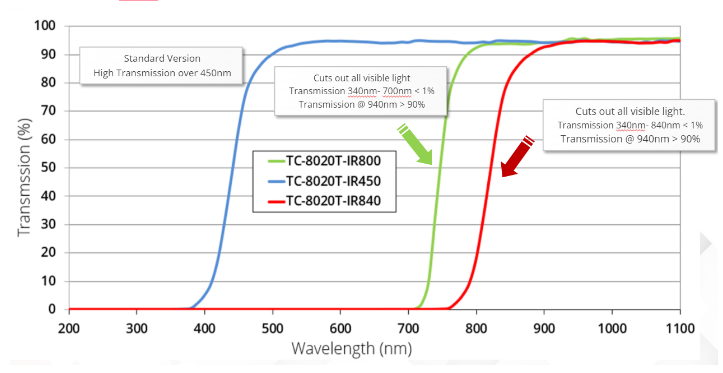Transceivers
Fiber optic components are used to form the fiber optic networking system. Because the fiber system is much more complicated than the former copper wired system, components needed for a fiber-optic network also are sophisticated, they include but are not limited to industrial transceivers, transmitters, optical fiber, and receivers. They are designed to operate in environments requiring reliable data transmission.


Application Requirements
Key Application Requirements:
- High initial transmission @ 680nm
- Retention of transmission is less important as the signal can be boosted
- MSL data is critical
- Trade-offs of transmission for higher MSL data is possible
- -40°C ~85°C operation temperature
- Device MAY or MAY NOT be MAP-molded
Key Material Requirements:
- Clear, high transmission, specifically @ 680nm
- Low moisture absorption
- Possibly filled for lower CTE for better MSL performance
- High hot hardness to be removed properly from molds
- High adhesion to lead frames (Ag, NiPdAu & Cu)
- If MAP-molded, low CTE is required
Products for Transceivers
TC-8020 series is a high transmission, one component, optically clear epoxy molding compound that is specifically developed for sensor application and low-power LED encapsulation. Its excellent fluidity design helps it to become easily moldable and processable while offering excellent package performance and durability. This is supported by its long-term transmittance and post reflow reliability. We also provide various versions for TC-8020 to suit different application requirements.
PROPERTY | Units | XX-330HQ | TC-8020T | TC-8020L | TC-8020LS | TC-8020T-SR |
Standard | Low Stress Versions | Self-Release | ||||
Viscosity | Pa.s | 400 | 300 | 300 | 200 | 300 |
Spiral Flow @ 150°C | inches | 45 | 40 | 48 | 48 | 40 |
Hot Plate Gel Time @ 150°C | sec | 29 | 40 | 32 | 32 | 27 |
Glass Transition Temperature | °C | 125 | 125 | 115 | 100 | 125 |
CTE by TMA, Alpha1 CTE by TMA, Alpha2 | ppm/°C | 71 | 70 170 | 70 | 70 220 | 70 170 |
Moisture absorption PCT |
wt% | - | 0.17 | 0.16 | 0.17 | 0.17 |
2atm*100%RH*24hr@121°C | wt% | 2.9 | 3.2 | 3.2 | 3.8 | 3.2 |
Flexural Strength @25°C Flexural Modulus @25°C | MPa MPa | 130 | 135 3050 | 135 | 130 2950 | 135 3050 |
200°C * 4 hr, yellowing ∆b | - | 25 | 5 | 8 | 25 | 5 |
280°C * 30 min, yellowing ∆b | 49 | 33 | 42 | 45 | 37 | |
UV * 4 hr, yellowing ∆b | 26.5 | 11 | 16.5 | 16.5 | 11 | |
Transmittance @450nm,1mm | % | >90 | >90 | >90 | >90 | |
Refractive Index @633nm | - | 1.52 | 1.56 | 1.56 | 1.56 | 1.56 |
Comment | STD Item | STD Item for through-hole and surface mount component MSL3 | Low stress For better reflow performance MSL3 | Even lower stress for better reflow and thermal shock test performance MSL3 | Self-release technology without compromising vital properties | |


